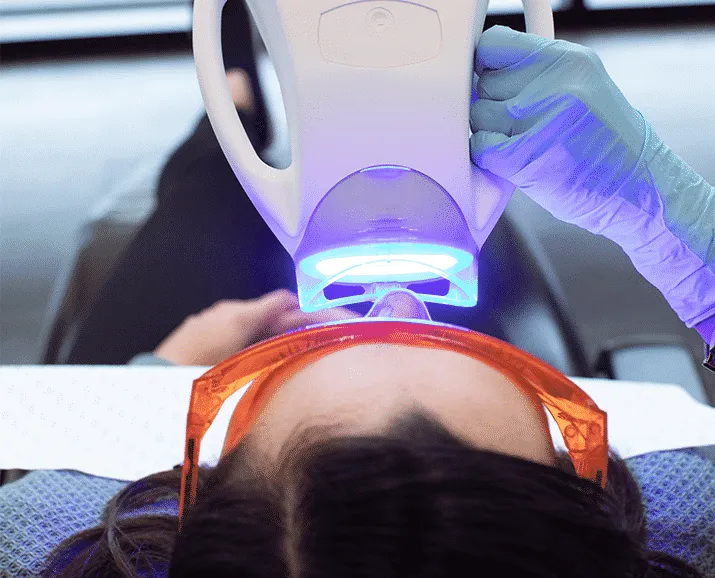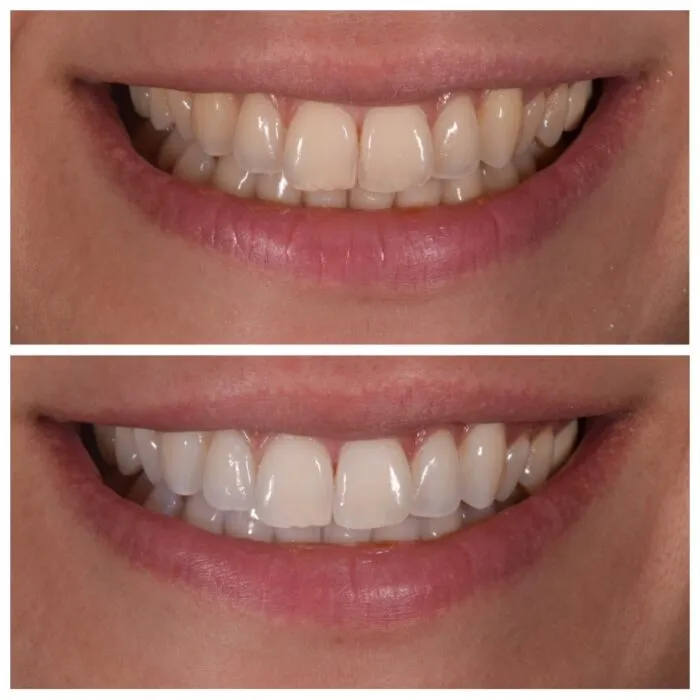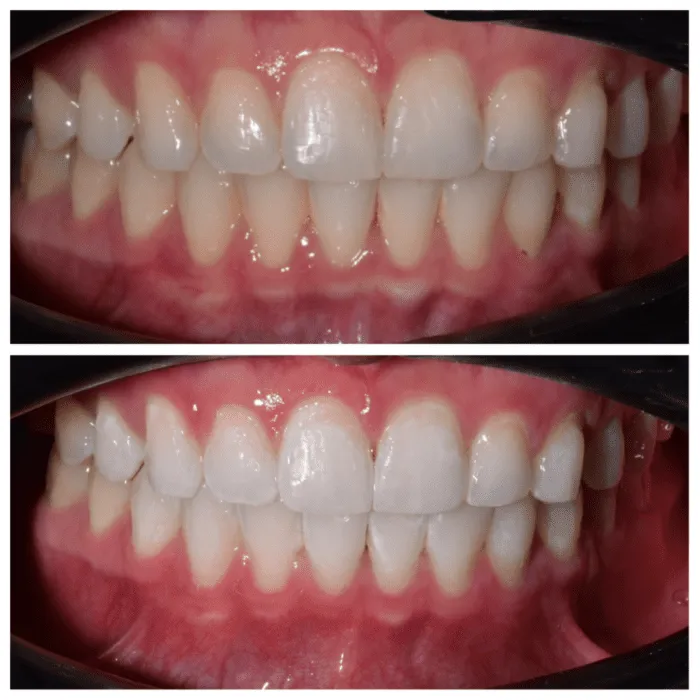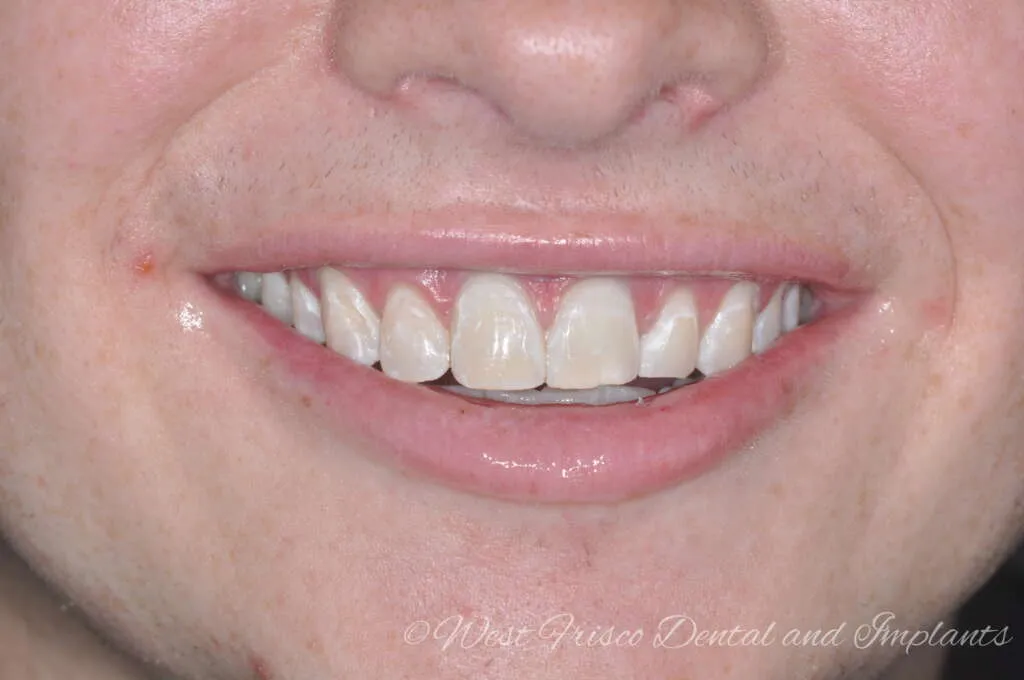Understanding Zoom Whitening Side Effects
Zoom whitening is a popular in-office teeth whitening procedure, highly effective in achieving a brighter smile. However, like any cosmetic dental procedure, it comes with potential side effects. Understanding these side effects is crucial for anyone considering Zoom whitening. This knowledge enables you to make an informed decision and prepare for the experience, minimizing potential discomfort. Knowing what to expect empowers you to communicate effectively with your dentist and take necessary precautions to ensure a smooth and satisfying experience. This guide provides essential information on the most common side effects, helping you navigate the process with confidence and clarity. It is always best to consult your dentist for personalized advice and address any concerns before the procedure. The benefits of the procedure are well-known, but being aware of its side effects will help you get the best out of it.
Common Side Effects of Zoom Whitening
Several side effects are commonly associated with Zoom whitening. These are generally temporary and resolve shortly after the procedure. These common side effects include tooth sensitivity, gum irritation, and, in some cases, minor throat irritation. The intensity of these effects varies from person to person, depending on factors like the individual’s oral health, sensitivity levels, and adherence to pre and post-treatment instructions. Being aware of these potential issues allows you to prepare, manage expectations, and take proactive steps to mitigate any discomfort. In most cases, these side effects are mild and subside within a few days, making Zoom whitening a generally safe and effective option for many seeking a brighter smile. Consulting your dentist is vital to discuss your specific concerns and receive tailored advice to manage any potential issues.
Tooth Sensitivity after Zoom Whitening

Tooth sensitivity is perhaps the most prevalent side effect of Zoom whitening. Many individuals experience increased sensitivity to hot and cold foods and beverages immediately after the procedure. This occurs because the whitening agent, typically hydrogen peroxide, can penetrate the enamel and reach the dentin, causing temporary irritation to the nerves in your teeth. The level of sensitivity varies, with some experiencing mild discomfort and others a more significant reaction. The duration of the sensitivity also varies, often lasting from a few days to a couple of weeks. This temporary sensitivity is a natural part of the process and often subsides as the teeth remineralize. Following your dentist’s instructions, especially regarding the use of desensitizing toothpaste, can help manage and minimize discomfort during this period.
Managing Tooth Sensitivity
Managing tooth sensitivity involves several strategies. Using a desensitizing toothpaste containing potassium nitrate can help block the tubules in the dentin, reducing nerve irritation. Your dentist may also recommend fluoride treatments to strengthen the enamel and further reduce sensitivity. Avoiding extremely hot or cold foods and drinks for a few days after the procedure can minimize discomfort. Over-the-counter pain relievers, such as ibuprofen or acetaminophen, can help manage any pain. It’s essential to follow your dentist’s specific instructions, as they may recommend other remedies or prescribe medications depending on your sensitivity level. Avoiding acidic foods and beverages, which can further irritate the teeth, is also advisable. Proper care and attention can significantly reduce the discomfort and make the recovery period more manageable.
Gum Irritation and Inflammation
Gum irritation, also known as gingivitis, is another common side effect. During Zoom whitening, the whitening agent can sometimes come into contact with the gums, leading to inflammation and irritation. This irritation might manifest as redness, swelling, and tenderness. The severity of gum irritation usually depends on the strength of the whitening agent and the protective measures taken during the procedure. In some cases, dentists use a protective barrier to shield the gums from the bleaching solution. However, even with precautions, some minor irritation is possible. Proper care and attention to oral hygiene, coupled with following the dentists’ instructions, are crucial in minimizing and resolving this side effect. This usually resolves within a few days, but it is crucial to address the irritation quickly.
Addressing Gum Issues

Addressing gum irritation involves several strategies. The dentist may apply a soothing ointment to the affected areas to reduce inflammation. Rinsing with a saltwater solution can also help to reduce inflammation and promote healing. Avoiding aggressive brushing and flossing, especially in the irritated areas, is essential. Using a soft-bristled toothbrush is also recommended to prevent further irritation. Following all post-treatment instructions provided by your dentist is very important. If the irritation is severe or persists for more than a few days, contacting your dentist for further evaluation and treatment is essential. Proper oral hygiene, combined with gentle care, promotes healing and reduces discomfort, ensuring a smooth recovery after Zoom whitening.
Minor Sore Throat and Throat Irritation
Some individuals may experience a sore throat or throat irritation after Zoom whitening. This side effect is less common than tooth sensitivity or gum irritation but can occur due to the whitening agent’s fumes or contact with the throat during the procedure. The irritation is usually mild and temporary, resolving within a day or two. It is always a good idea to rinse your mouth thoroughly after the procedure to reduce the possibility of this side effect. Staying well-hydrated and avoiding irritating foods and beverages can also alleviate this discomfort. Although rare, some patients could have a more severe reaction, and thus it is highly important to seek medical assistance if it persists or worsens. Most cases are mild and resolve on their own.
Dealing with Throat Discomfort
Dealing with throat discomfort involves several remedies. Drinking plenty of fluids, especially water, helps soothe the throat and keeps the mouth hydrated. Gargling with warm salt water can help reduce inflammation and relieve pain. Over-the-counter throat lozenges or sprays can provide temporary relief. Avoiding smoking and exposure to irritants, such as strong perfumes, is beneficial. If the sore throat persists or worsens, or if you experience any difficulty breathing, it is essential to consult with your dentist or doctor immediately. In most cases, the discomfort is mild and resolves quickly with simple home remedies. However, any persistent or severe symptoms should be evaluated by a healthcare professional.
Changes in Tooth Shade and Color

After Zoom whitening, the shade of your teeth can change. The result is usually a brighter, whiter smile, but there are instances when the changes might not meet your expectations. While the goal is a uniform whitening across all teeth, certain factors, such as existing fillings, crowns, or veneers, may not whiten at the same rate as natural teeth. Also, teeth with varying shades may not always lighten consistently, leading to some unevenness in color. It is essential to discuss your expectations with your dentist before the procedure to understand the potential outcomes. The dentist can also advise on additional procedures, such as replacing fillings or veneers, to achieve the desired results. Proper maintenance and care can help in preserving the enhanced whiteness and ensuring your teeth remain bright and attractive.
Maintaining Teeth Color after Whitening
Maintaining the results of Zoom whitening involves several important steps. Avoiding or minimizing the consumption of staining foods and beverages, such as coffee, tea, red wine, and berries, is crucial. Practicing good oral hygiene, including brushing twice a day and flossing daily, helps remove surface stains. Using a whitening toothpaste can help maintain the brightness of your teeth. Regular dental check-ups and professional cleanings are essential for removing any accumulated stains and maintaining overall oral health. Your dentist may also recommend touch-up whitening treatments to keep your smile looking its best. Avoiding smoking and other tobacco products helps prevent staining and discoloration. Consistent care and attention to your oral health and lifestyle can prolong the effects of Zoom whitening and keep your smile radiant.
Other Potential Side Effects
Besides the common side effects, there are other potential, but less frequent, side effects associated with Zoom whitening. Some individuals may experience mild headaches or jaw discomfort after the procedure. These are typically temporary and resolve within a few days. In rare cases, people may report experiencing a tingling sensation in the gums or even slight changes in taste. It is always recommended to consult with a dentist if you have any unusual symptoms or concerns. Moreover, the dentist can assess the specific circumstances and give proper advice. The use of an ultraviolet light during the whitening process is generally considered safe, but it is always recommended to wear protective eyewear during the procedure to protect the eyes. Understanding these less common side effects can help you be prepared and make the best decisions regarding your treatment.
Long-Term Considerations

Considering the long-term effects of Zoom whitening is essential for making informed decisions. The results of Zoom whitening are not permanent, and the effects will gradually diminish over time. The longevity of the results depends on several factors, including your lifestyle, diet, and oral hygiene habits. Regular touch-up treatments can help maintain the brightness of your smile. It is important to understand that the procedure may not be suitable for everyone. People with certain dental conditions, such as severe tooth decay or gum disease, may not be ideal candidates for Zoom whitening. It is vital to discuss your dental history and any concerns with your dentist to determine if Zoom whitening is appropriate for you. Proper oral hygiene and maintenance are key to preserving the results and maintaining overall oral health. Keeping your teeth white can significantly boost your confidence, and knowing these effects will make your experience better.
